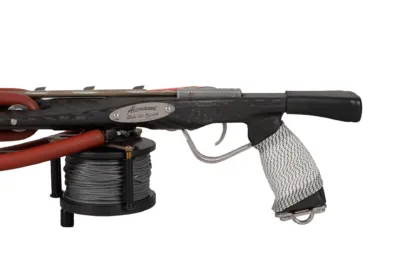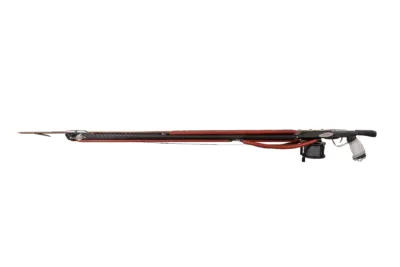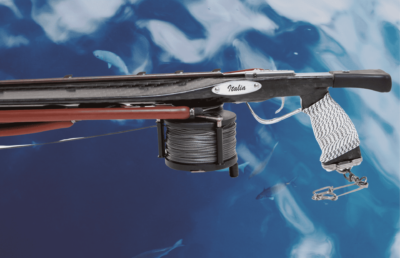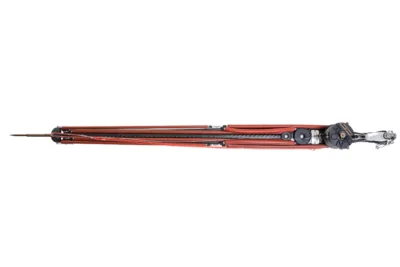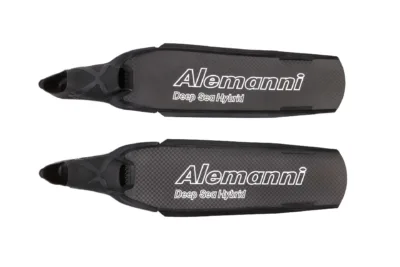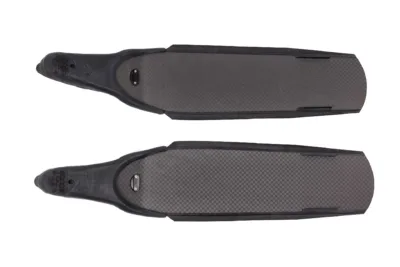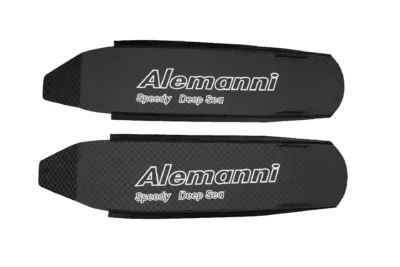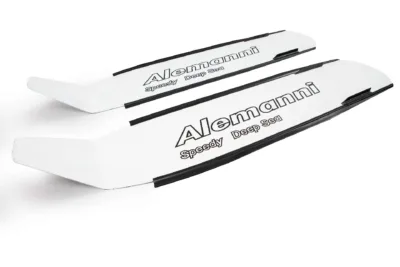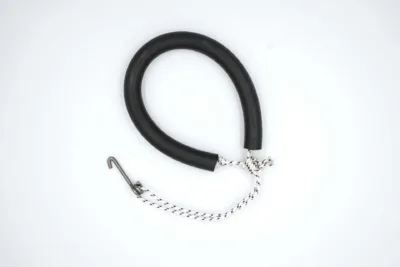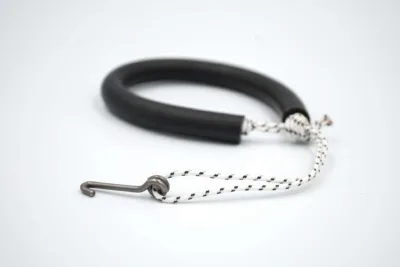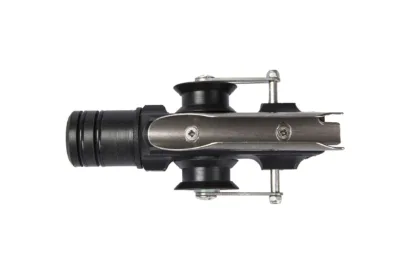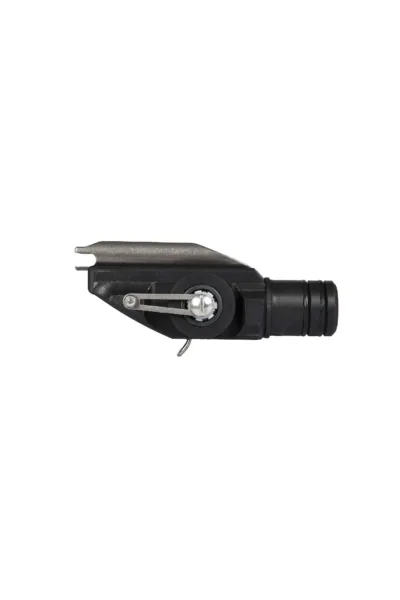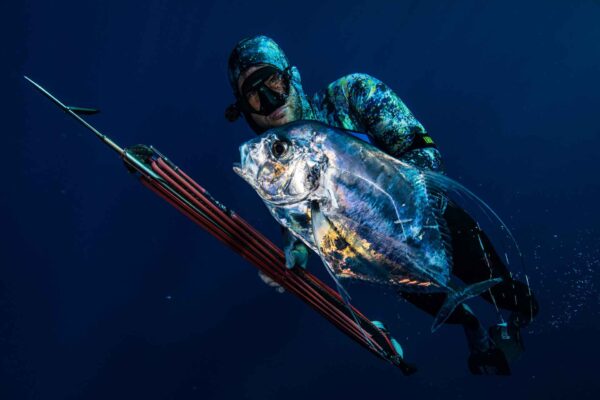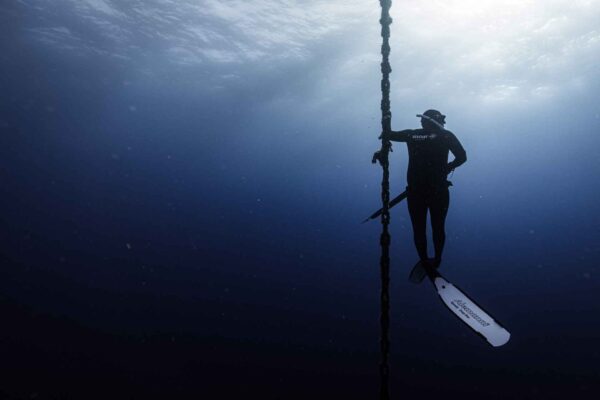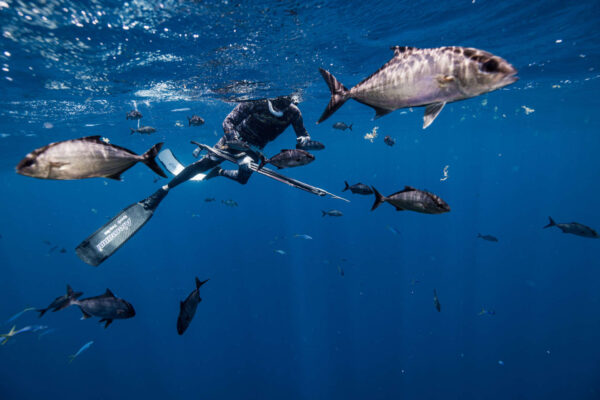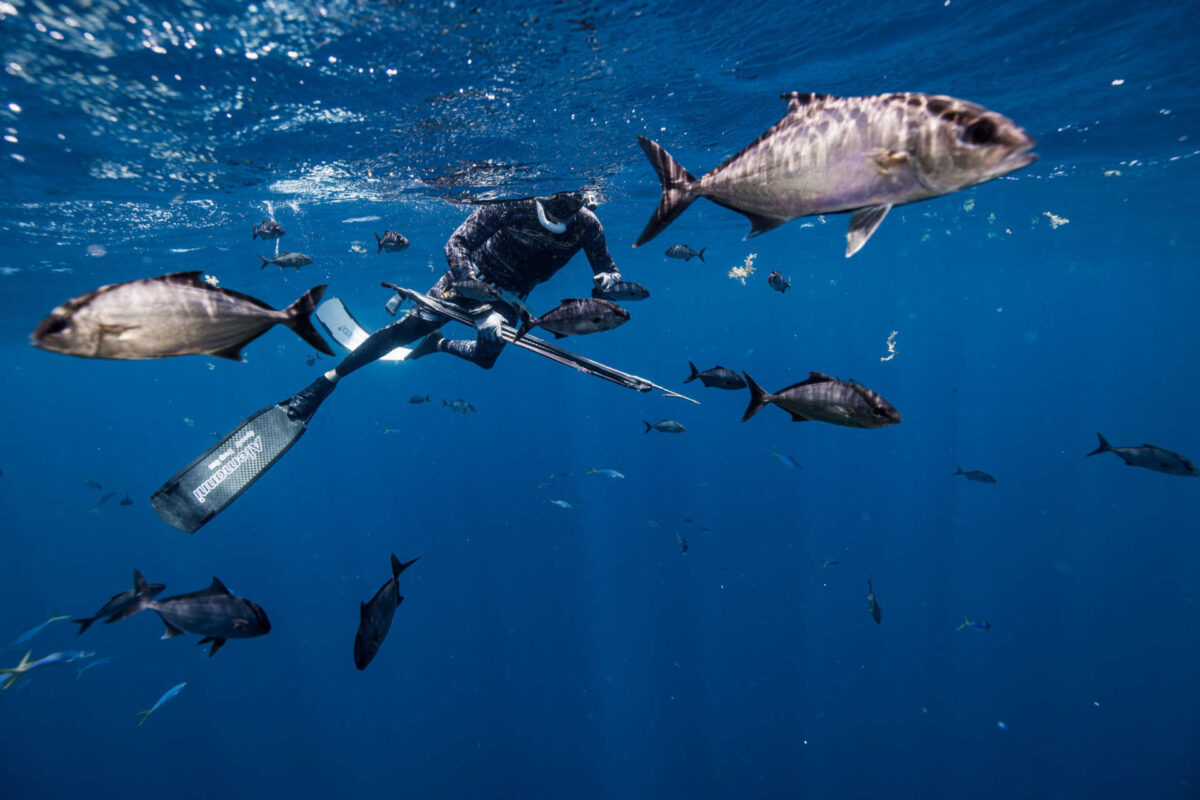Underwater fishing techniques
Guide to freediving: techniques and advice
Guide to freediving: techniques and advice
La spearfishing in apnea is experiencing a season of great popularity: perhaps because it is a sustainable discipline with low environmental impact, and which allows you to explore a dimension at odds with the mechanical hustle and bustle of the city.
When you immerse yourself you become one with the sea life, with its beauty and its power, but it is also in a very unnatural situation for the human organism. There spearfishing it is anything but simple: it requires physical commitment and mental readiness, intuition and analytical ability. You need to learn about the seasons, the seabed and the behavior of the fish, be informed about the possible risks associated with diving and know how to choose the right equipment.
The main techniques of freediving
La spearfishing it is a very ancient practice, which until not too long ago was practiced with rudimentary tools such as knives and long poles. It was only starting from fifties that freediving underwater fishing began to stand out as a sporting and recreational discipline: the equipment began to evolve, and also the techniques used by underwater fishermen.
To date, the main underwater fishing techniques I'm:
- Fall fishing: it is the most instinctive technique, although far from easy to put into practice. It consists of gliding from above onto the prey and surprising it without being perceived. It requires good visibility, a certain amount of aquatic experience and a fair amount of familiarity with the world of fish (and how they perceive the world);
- Look fishing: this technique, among the most practiced by Italian divers, mainly takes place on the bottom, camouflaging itself among rocks and vegetation. It consists of remaining still on your stomach, adjusting your aim and waiting for some prey to approach (because it is intrigued or deceived by a perfect camouflage). It requires excellent freediving skills and a powerful, easy-to-handle speargun;
- Fishing in the den: it is an ancient technique which consists of settling fish inside burrows and cracks between rocks. Requires visual memory, big speed of action and a good knowledge of the behavior of the different species (on which the outcome of the hunt may depend):
- Ambush fishing: a complex technique that can only be refined with experience, ambush fishing is practiced in movement, mainly in rough waters. It is carried out at all depths, from the shallows to over 15 metres: it consists of moving slowly, close to the bottom, in search of distracted prey. Requires great aquatic skills and excellent lung capacity;
- Blue Water HuntingThe "fishing in the blue”: this technique, fascinating and very complex, takes place in the open sea in mid-water, at depths that easily reach around 6/7 meters, without protection or reference points with the exception (perhaps) of the vessel.
The first four techniques described can easily transform into each other: if necessary change strategy fishing, it is possible to combine the different techniques in the same freediving session. The most common case is where you start with the fall and let yourself fall to the bottom for a look, which can easily become an ambush (if your lungs allow it).
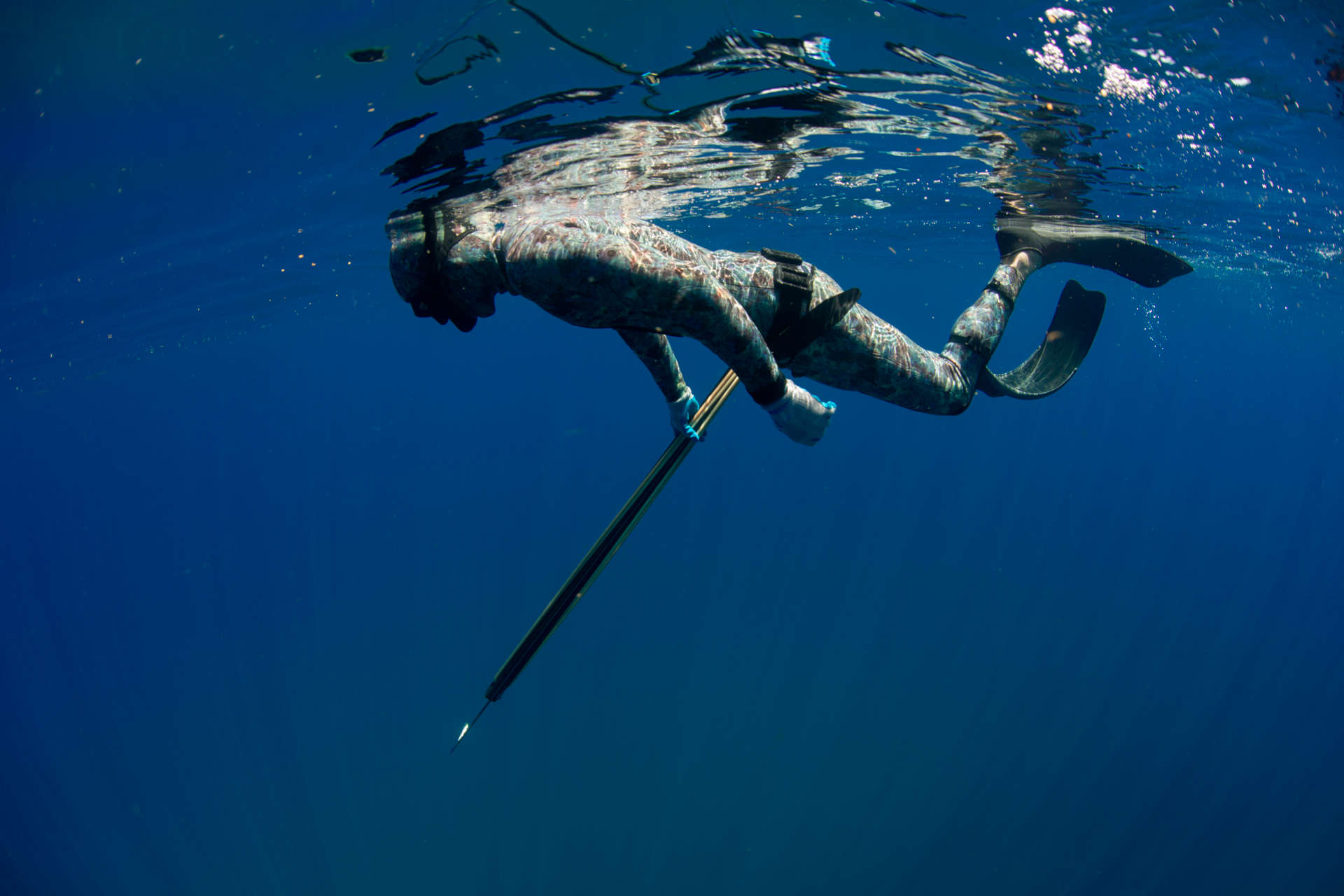
Freediving underwater fishing: the issue of safety
Underwater freediving is a fascinating and "primitive" discipline but also extreme, at least for the organism: you immerse yourself in an unnatural environment and you have to deal with, among other things, the pressure on the body and with the lack of oxygen in the blood.
Before diving safely it is absolutely advisable to attend a free-diving course, in order to learn the fundamental equalization techniques and know how to deal with any difficult situations in the water.
Il breathing control it is a crucial aspect: apnea times should never be forced, and it is strongly discouraged to dive in the presence of a cold, back pain or any other type of physical problem. For a freediving fishing trip, aquatics are not enough: you need training, the ability to control your body, concentration and a psychophysical balance almost perfect. If freediving is based on silence, freediving is based on perfection of the gesture: any defect can lead to a missed prey or, worse, an accident.
Precisely for this reason, one of the basic rules of those who practice freediving underwater fishing is that of do not go out to sea alone, but always with a companion who can intervene if necessary.
Spearfishing, what are the risks
I most frequent risks in underwater sport fishing are linked to the effects of water pressure and variations in this pressure. In particular, from a medical point of view, i more typical risks of freediving activities I'm:
- barotraumatic events affecting the ear or nasal sinuses: to avoid them, it is best to avoid diving if you have a cough, cold or allergy. It is also recommended avoid the intake of dairy products, red meat, coffee, alcohol, fatty and very refined foods;
- samba and blackout: they are traumatic events caused by prolonged hypoxia and manifest themselves as loss of control, spasms and contractions (loss of consciousness in the worst cases). A tip to avoid them is to not take in too much air with your first breath on the surface, but limit yourself to filling your lungs halfway;
- arterial gas embolism: it is one of the most serious events that can happen to a freediver, and depends on the physics of the gases (whose volume changes as the pressure increases). When you descend 10 metres, the pressure of the air contained in your lungs goes from 1 to 2 bars, which means that as you ascend towards the surface this air doubles in volume. The risk, if you ascend too quickly, is that you end up tearing the pulmonary alveoli.
These are just some of the risks to which one is exposed during a freediving trip: they must then be considered: other types of dangers, such as those linked to coexistence with boats and the possible presence of nets and obstacles on the bottom.
One of the determining factors, when talking about risks related to freediving, concerns the psychophysical state: the panic it is a common factor in most serious diving accidents, which is why it would be best to avoid diving when you feel you do not have full control over yourself, even from a mental point of view.
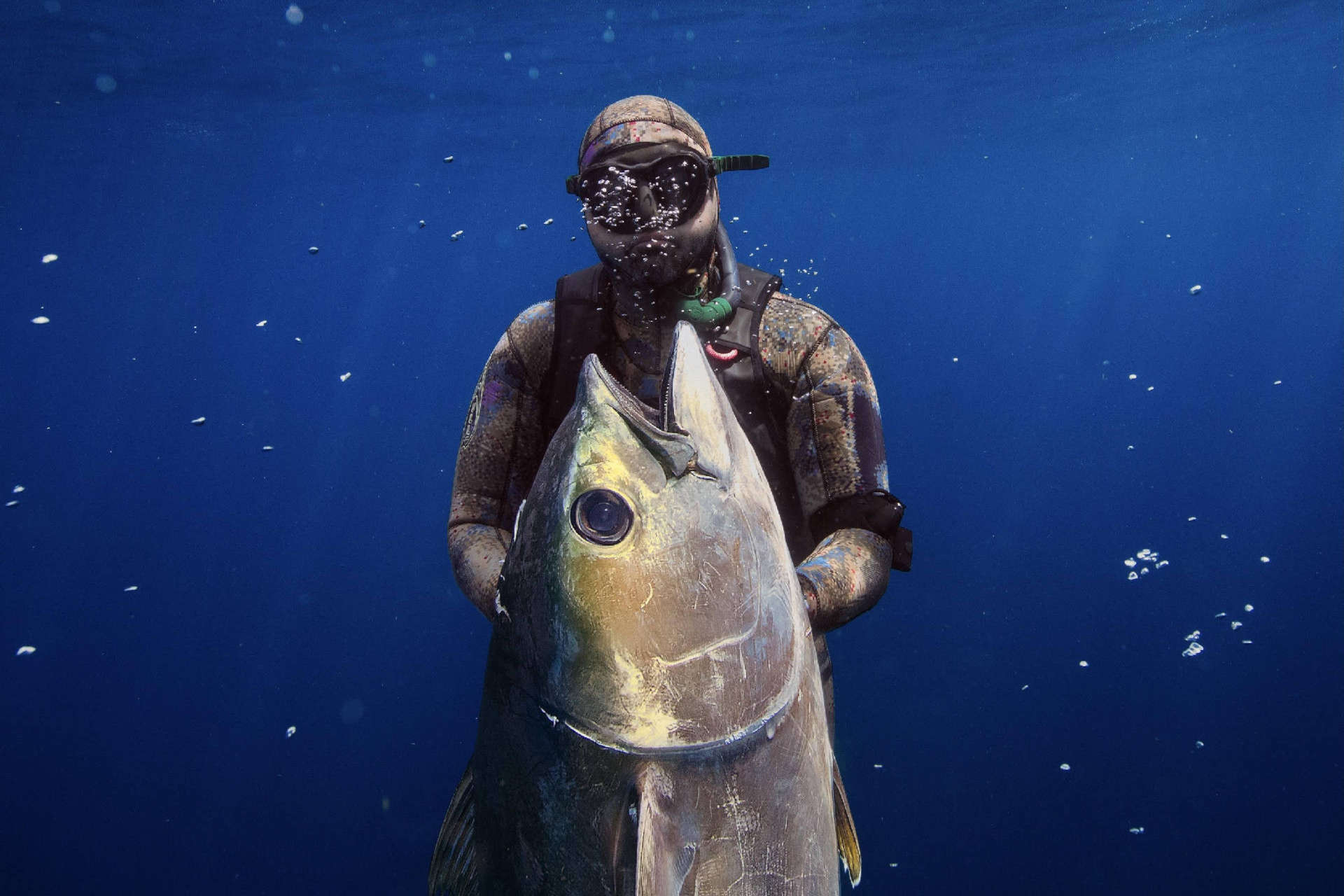
Spearfishing: how to choose equipment
In addition to the right preparation, a good freediving sport fishing trip also requiresequipment adequate: a speargun not suitable for the type of fishing you want to do, a fin that is too narrow or a wetsuit that lets water in in winter they can become important obstacles for the fisherman, and in some cases turn into real risk factors.
How to choose a speargun
The first thing to do, if the idea is to shoot fish, is to get a speargun. For choose thecrossbow right, several factors must be considered:
- la fishing technique: those who fish in holes, at shallow depths or near rocks need a speargun that is easy to handle and load, so rifles are preferable extremely precise and small in size. On the contrary, they are preferred when fishing in clear waters very long and powerful spearguns, capable of shooting at great distances;
- la visibility of water: murky waters require short spearguns, while in clear waters there is a need for long rifles with a powerful shot;
- the type of backdrop: to tackle rocky seabeds rich in vegetation you need a rather short speargun but with a powerful shot;
- shooting distances;
- il experience level: at the beginning it is good to practice with spearguns no longer than 90 centimeters, which are more manageable and easy to load. Being able to aim with a long rifle, in fact, is no mean feat, and may require extensive training in hand/eye coordination and shooting practice;
- il degree of training: we often tend to underestimate the aspect of physical strength. Before purchasing a 135cm monster with thick tires it is a good idea to make sure you have enough muscle strength to comfortably cock your rifle. However, training is not just about physical strength: in addition to prowess, the fisherman's experience in mastering the loading technique and knowing how to interpret the "character" of your speargun.
Choosing the perfect speargun for your idea of freediving is not so simple: before purchasing your fishing speargun it is important to be able to compare yourself not only with other fishermen but also with a seller who is also a master in the art of fishing and an expert connoisseur of the world of spearguns.
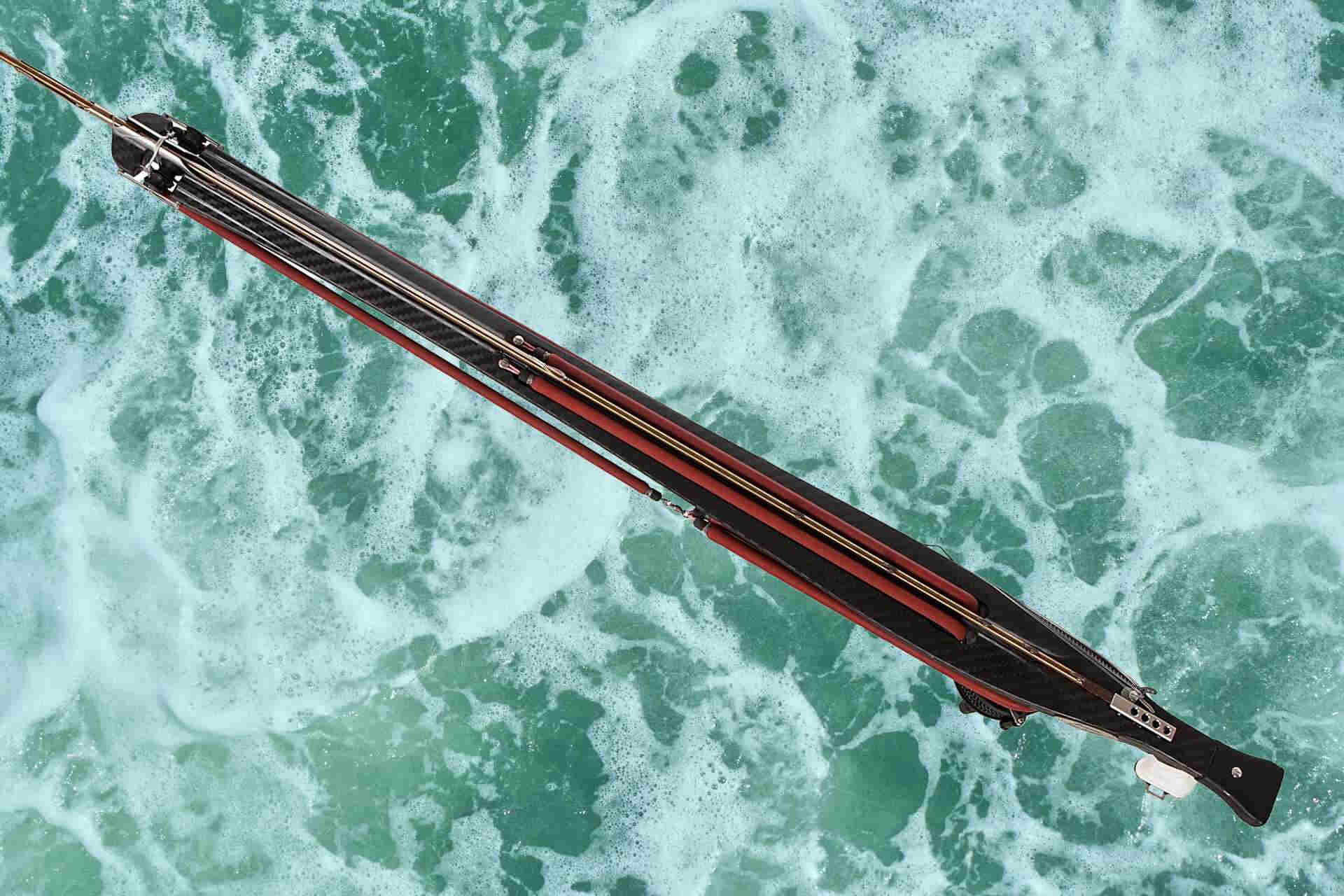
How to choose fins for spearfishing
La choice of fins is of fundamental importance: a fin that is too narrow, especially if you fish in winter, can cause numbness and irremediably disturb the dive. The fins are those that allow the fisherman to move in the water, therefore they must be comfortable enough to be worn for several hours and become an “extension” of one's body.
Among the factors to consider when choosing scuba diving fins:
- la blade length: it essentially depends on the use you want to make of it, therefore also on the type of fishing that is practiced;
- il matter: there are plastic fins, fiberglass fins and fins in composite materials (fibreglass/carbon). The choice of material depends on the combination of push and reaction what you want to achieve from the kick;
- la blade stiffness: it essentially depends on your physical structure. A slim physique requires a very flexible blade, while larger fishermen or those with a greater degree of training can choose harder blades.
To choose fins of the hardness suitable for your type of fishing It's not enough to know how tall you are and how much you weigh: you need to be aware of your own degree of training and general aquatics.
Equipment for freediving: from the wetsuit onwards
Spearguns and fins aren't everything. Before going out on a spearfishing trip, you need to make sure you have thebasic equipment to immerse yourself, that is:
- move: the wetsuit is among the most delicate parts of the diving equipment, in every sense. The possibility of choice is almost: with a little patience and dedication, you can find the combination of material, type (smooth-split, lined or double-lined) and ideal thickness for your tastes. Gloves, shoes, shorts and various undersuits are also included in the choice of wetsuit: all you have to do is find your own combination, always keeping in mind that the wetsuit not only serves to protect from the cold, but is in all respects a second skin. Softness, in this sense, is a crucial factor: the wetsuit for spearfishing must be comfortable enough to allow full lung expansion;
- mask: in addition to adapting perfectly to your face, the spearfishing mask should allow the best possible visibility. It is in fact recommended to opt for masks with a wide field of vision and which have the smallest internal volume possible. For the rest, the choice will depend on your particular needs (e.g. lightness, lack of reflections, etc.);
- ballast: Ballast is pretty simple to choose. In fact, there is a standard that allows you to establish the necessary load starting from weight, fishing depth and wetsuit thickness. However, you must choose the most suitable type for your fishing: there are lead belts, back pads and ankle weights, which can be used in combination to better distribute the weights;
- buoy or platform: mandatory by law and essential when fishing in "busy" areas, the buoy is an integral part of the equipment. For some time now it has been possible to choose to purchase one platform, a sort of miniature dinghy equipped with a signaling flag that allows you to carry useful accessories such as nets or reserve spearguns;
- snorkel or mouthpiece.
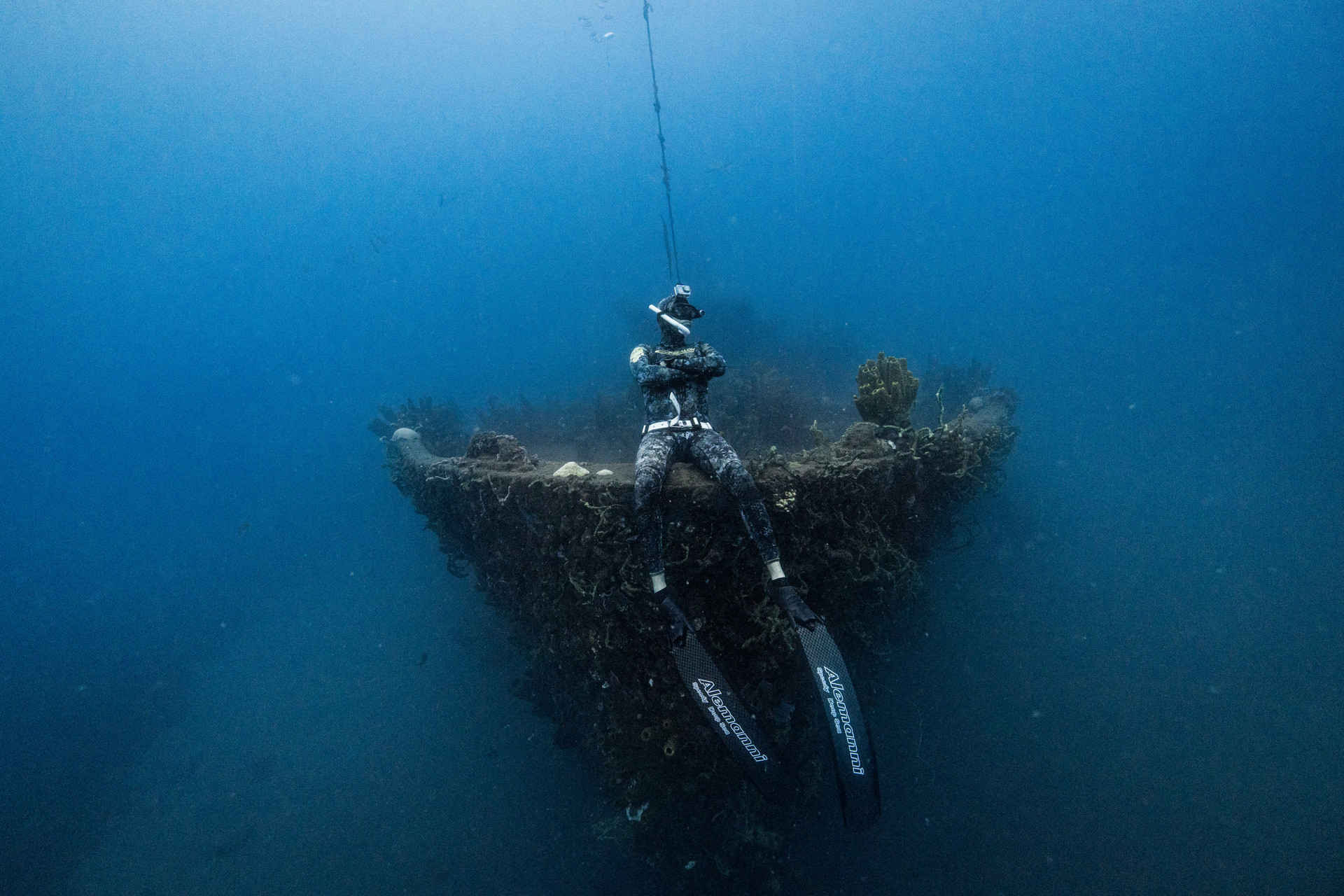
The secrets of spearfishing
Spearfishing is a very ancient discipline but also very complex, which requires great physical effort, experience and the ability to control one's emotions. We are no longer in the era in which we dived in a bathing suit equipped with a long pole: today we enter the water fully dressed and accompanied by meters of line which must be managed with care.
In a sense, the already unnatural experience of free diving has been engineered: it must therefore be willing to experiment, go back, change, fix and above all improve. Therefore there are no secrets, but only knowledge and experiences that can be shared and become the collective baggage of an increasingly large community.
Then there is the sea life, which you can learn to know and interpret only through experience: how every season has its rules, so each fish has its own specific character. “The best way to observe a fish is to become a fish”, the explorer and oceanographer once said Jacques Cousteau. There is perhaps no wiser advice for the fisherman who intends to get to know his prey better and develop a vital and profitable relationship with the sea. On the other hand, those who choose freediving are not satisfied with fishing.


